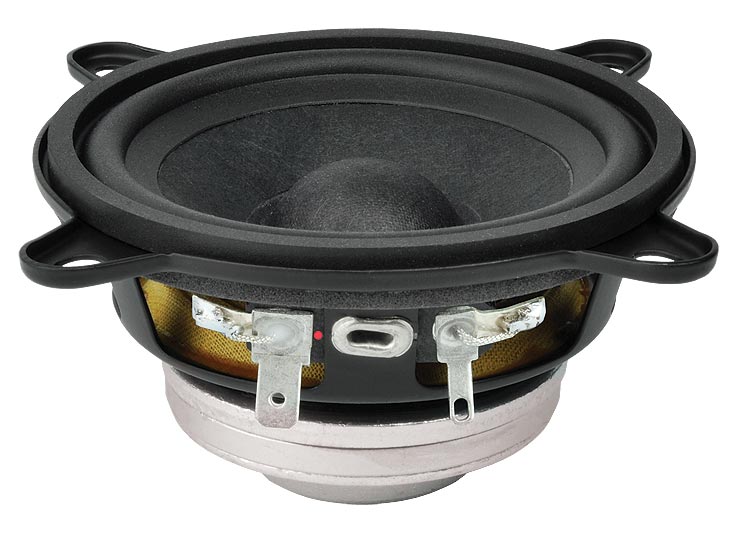Hi
A point i was trying to get across is measurements are a "View" of some phenomena and are not necessarily the phenomena itself. Describing the measurements does not normally connect strongly to exactly what one hears first hand and is usually only a pale descriptor of what is experienced.
A couple years ago, back when there were still trade shows, Doug and I presented a couple classes at Infocomm. The challenge to me was demonstrate two speaker systems in stereo that had the same response but had entirely different stereo images. One system was to be a "single source" but NOT using speakers from work.
The difference between the two systems was greater than i had expected but the "good pair" are simple and easy, makes me wonder if there are those curious enough to try it themselves and see what a single point source without crossover sounds like.
If so, do this;
Locate and obtain 2 of these drivers
FaitalPRO combined the latest R&D methods and technologies with the most advanced industrial automation techniques and all FaitalPRO drivers are made in Italy with the highest level of quality, consistency and durability.

faitalpro.com
This is an unusually good full range driver, small enough to be an actual point source up to a couple Khz and obviously no crossover phase shift. It has an on axis rise up high but that is easy to eq out if desired. It also goes surprisingly loud but is not a subwoofer haha.
Get a 2 & 3/4 inch hole saw and two pc of 1/2 inch (nominal) plywood about 2 feet square, for the class i cut the corners off so they were unequal octagons or "stop signs".
Cut a 2&3/4 inch hole at the center of each.
Obtain 2pc of 1/2 inch (nominal) open cell foam and using spray contact cement (like Super 77) , adhere it to one side of each baffle.
Cut an X in the foam where the hole in the wood is and mount the driver on the foam side so that the rear pokes through the wood and the front, squashing the foam flat around the driver and making a nice contour in the foam..
As one is trying to make a single source in time and space, a back volume is needed, not for bass tuning (although you can do that) but filled to absorb the higher frequencies that can partially reflect back and re-radiate passing through the cone body as a weak "late" radiation. The idea here is there is one simple radiation in time and space with no crossover "all pass" phase shift.
If you put these at ear height and around 6 feet away and away from your room's walls, they can produce an amazingly good stereo image, especially if the hf rise is eq'd, can essentially disappear in the face of a very strong phantom image and have the properties i described in other posts. I hope people try this, it is eye opening.
The last 20 odd years, I have been trying to make speakers that do that but are +30 or +40dB louder, with constant directivity for large spaces. While we don't advertise at work or have a marketing dept, we have sound systems in many places including about half of the 100,000+ seat stadiums and the big sound / projection venues in Mouse land Orlando etc all those based on the single source in time and space objective in a full range horn
Portfolio Archive | Danley Sound Labs

www.danleysoundlabs.com
Tom


